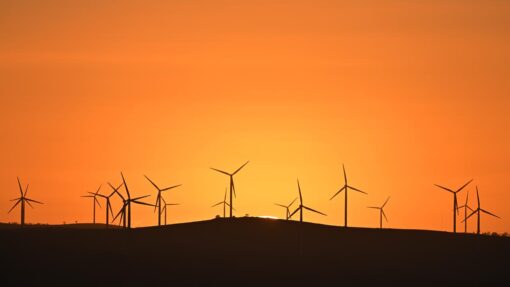Proposed grid reforms energise investors
Marion Rae |
Energy investors have welcomed a move to fix the grid congestion and revenue uncertainty slowing the transition to renewables and pushing up investment costs.
The Energy Security Board is working with regulators on a grid dominated by solar, wind and large-scale batteries for the electricity market beyond 2025.
The ESB, which reports to the nation’s energy ministers, last week released its thinking on the redesign of the national electricity market.
Its consultation paper said some generators are connecting to the system in locations where they are not adding power, and instead displacing existing renewable sources from the market.
Without changes to the access regime, Australia will likely end up with a larger transmission network and generation and storage fleet “than necessary to achieve the same decarbonisation and reliability outcomes”, the paper said.
It comes after the ESB dumped an earlier proposal criticised as too complex.
Four models are shortlisted for the grid redesign, including changes to provide separate revenue streams for energy and congestion relief.
Parties connecting to uncongested parts of the grid would receive priority rights under changes to transmission access intended to support renewable energy zones being developed in NSW, Victoria, Queensland and Tasmania.
The Clean Energy Investor Group on Monday said investment is critical for Australia’s energy security as ageing coal-fired power plants become less reliable and their owners bring forward asset retirement dates.
Simon Corbell, CEO of the group of institutions with $24 billion in energy assets, said reform options now incorporated proposals by investors.
“For the first time an investor-led proposal has been included in a shortlist of priority reform options from the ESB,” Mr Corbell said.
The final model will adopt aspects of the models in the ESB’s consultation paper, and be put to ministers by the end of 2022.
An information forum will be held on May 26, with submissions on the paper due by June 10.
AAP


